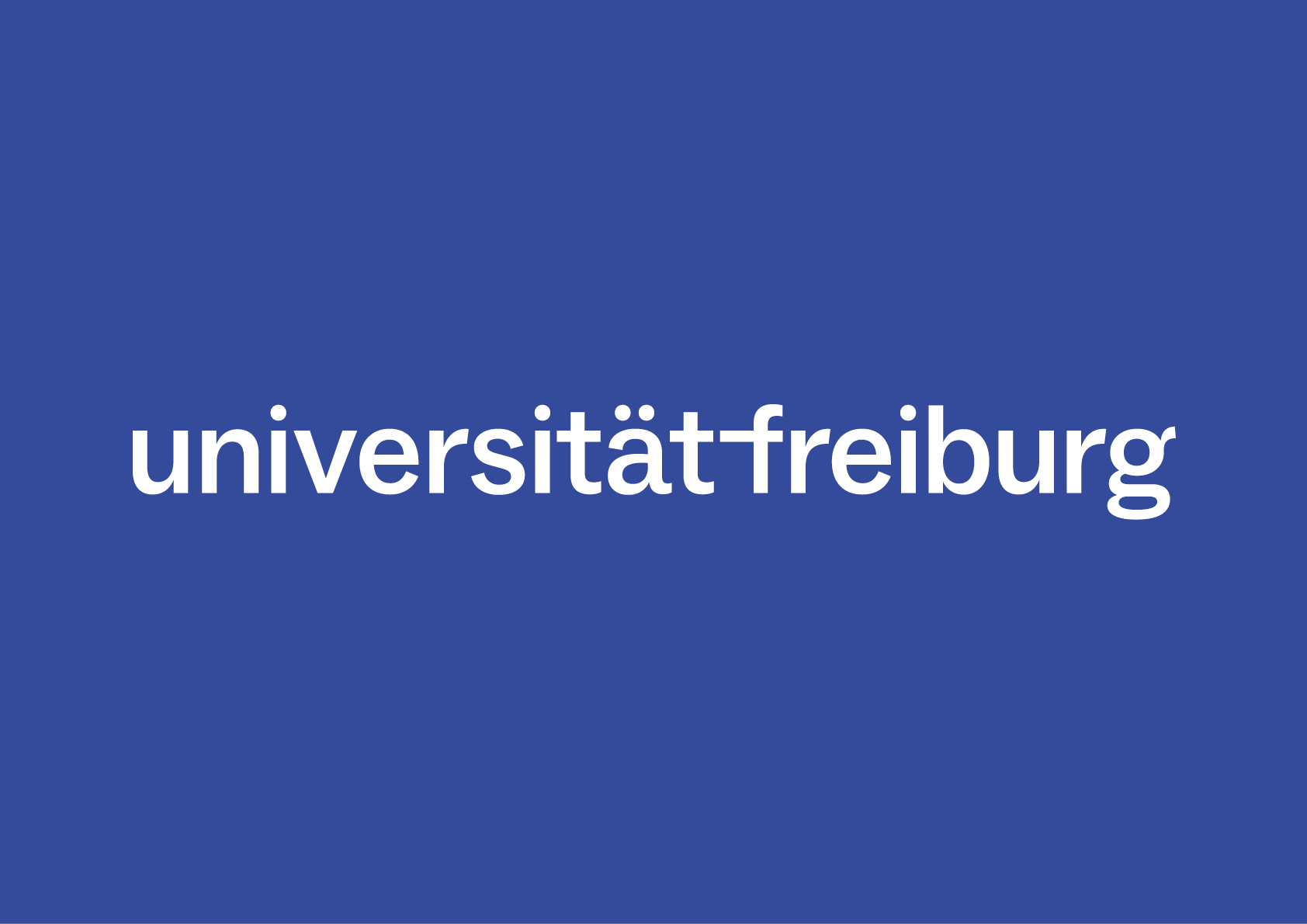Exploring Genomics with Galaxy: A Six-Week Internship Journey
My internship experience with assembling genomes and annotating them during a 6 week internship
I am Ming Li, a Master’s student in Pharmaceutical Sciences at the University of Freiburg. From May 19 to June 30 2025, I had the opportunity to carry out my six-week internship on "Genome Assembly and Annotation using Galaxy". This immersive internship experience offered hands-on exposure to bioinformatics workflows through Galaxy’s rich ecosystem of tutorials and tools.
Throughout the internship, I worked through a variety of tutorials, including:
- Vertebrate genome assembly using HiFi, Bionano, and Hi-C data - Step by Step
- Genome annotation with Braker3
- De Bruijn Graph Assembly
These resources provided me with a solid foundation in both short-read and long-read genome assembly strategies. For short-read data, I used SPAdes to assemble an Illumina dataset from Staphylococcus aureus, and visualized the de Bruijn graph using Bandage. For long-read assembly, I explored the OLC-based algorithm hifiasm, working with a segment of the Saccharomyces cerevisiae S288C genome. Following assembly, I performed structural genome annotation of Mucor mucedo, a fungal plant pathogen, using Braker3, integrating both RNA-Seq data and protein homology for accurate gene prediction.
The internship also introduced me to Galaxy tool development using Planemo. Although challenging at first, the in-depth Planemo tutorials helped me to understand how Galaxy tools are customized and maintained.
This intership has been highly beneficial, greatly deepening my understanding of genome assembly and annotation, and enhancing my ability to navigate and utilize the Galaxy platform efficiently. The tutorials were detailed but approachable, and though I found some parts (like Planemo) a bit challenging at first, once I got the hang of it, everything started to make a lot more sense. I would like to express my sincere gratitude to Dr. Björn Grüning for the opportunity to undertake my internship with Galaxy. My heartfelt thanks also go to Saim Momin for his invaluable supervision and guidance throughout the program. I’m also deeply appreciative of the entire Galaxy team for their extensive contributions to the Galaxy Training Network and for maintaining such a powerful, accessible platform for scientific research and learning.
